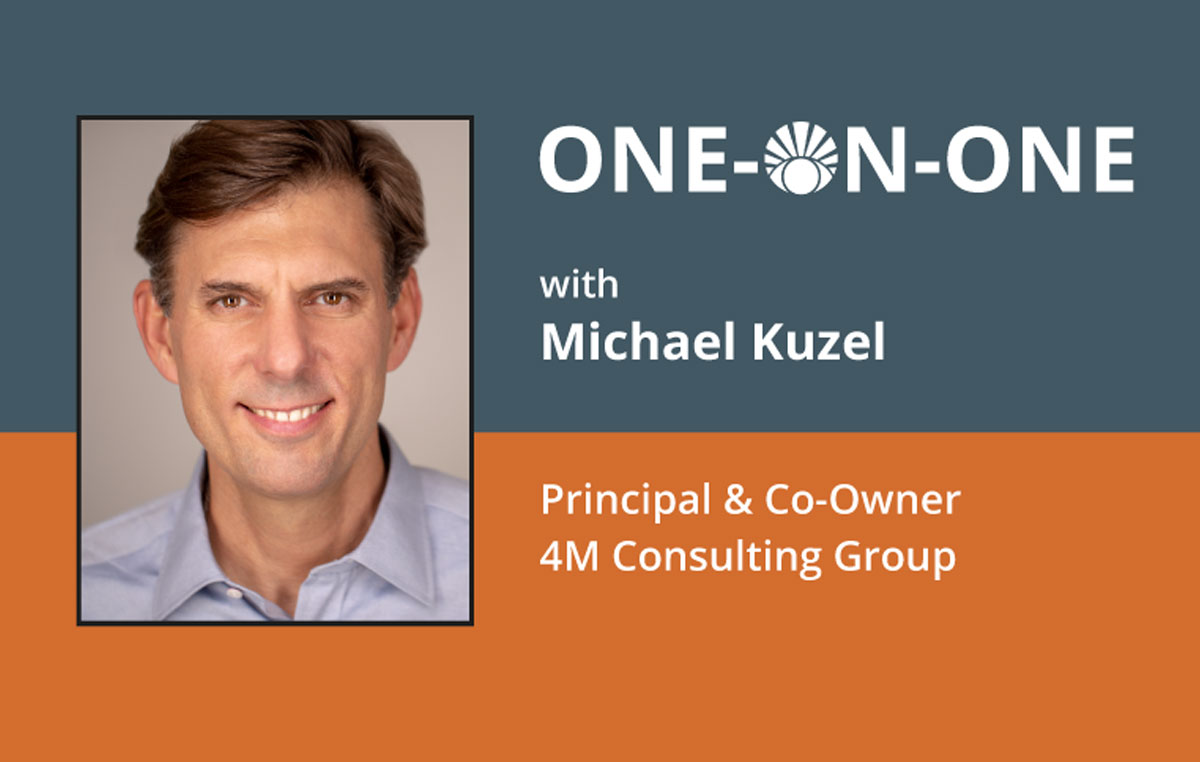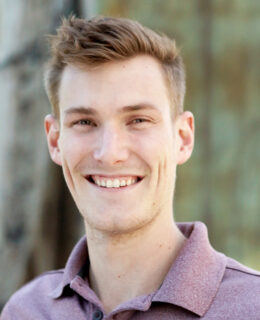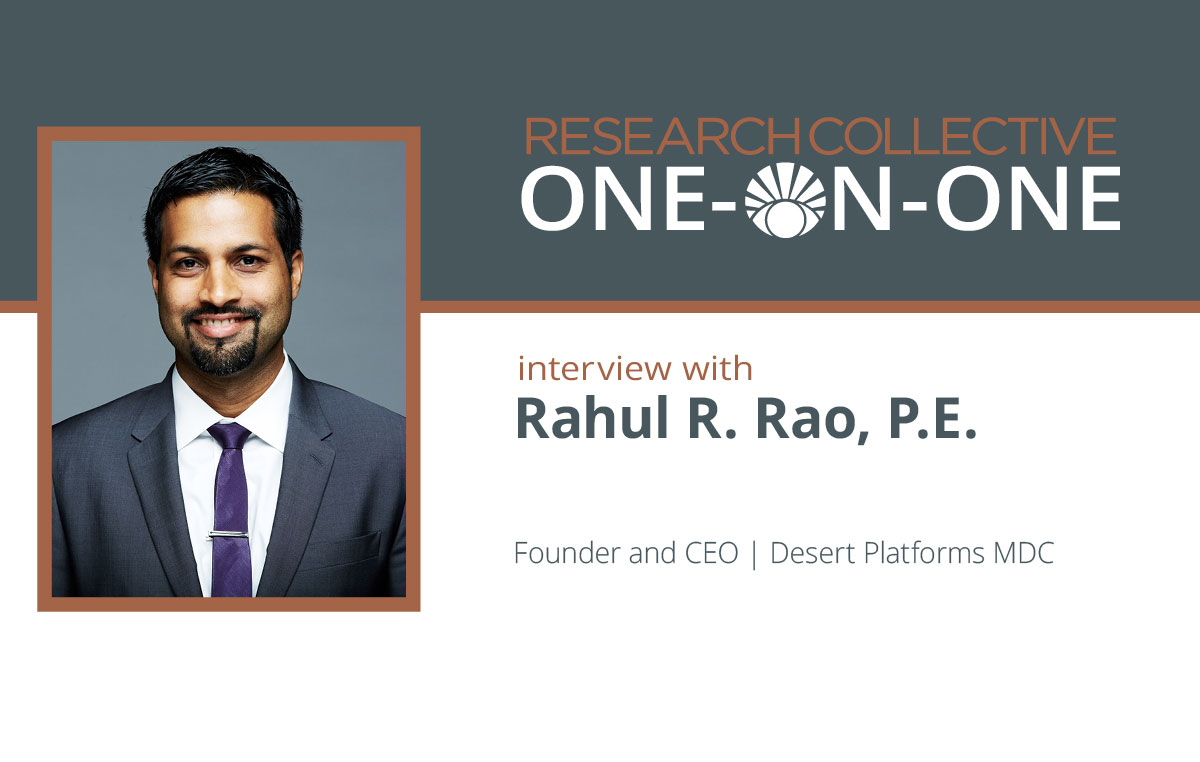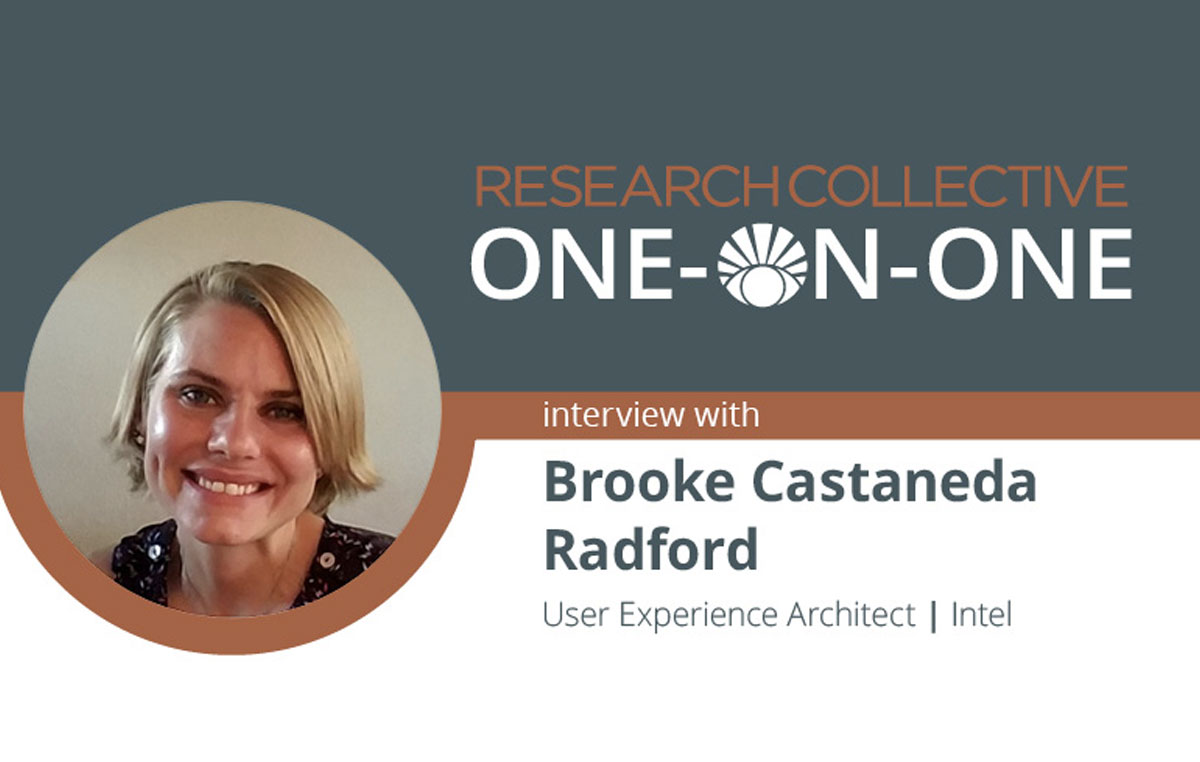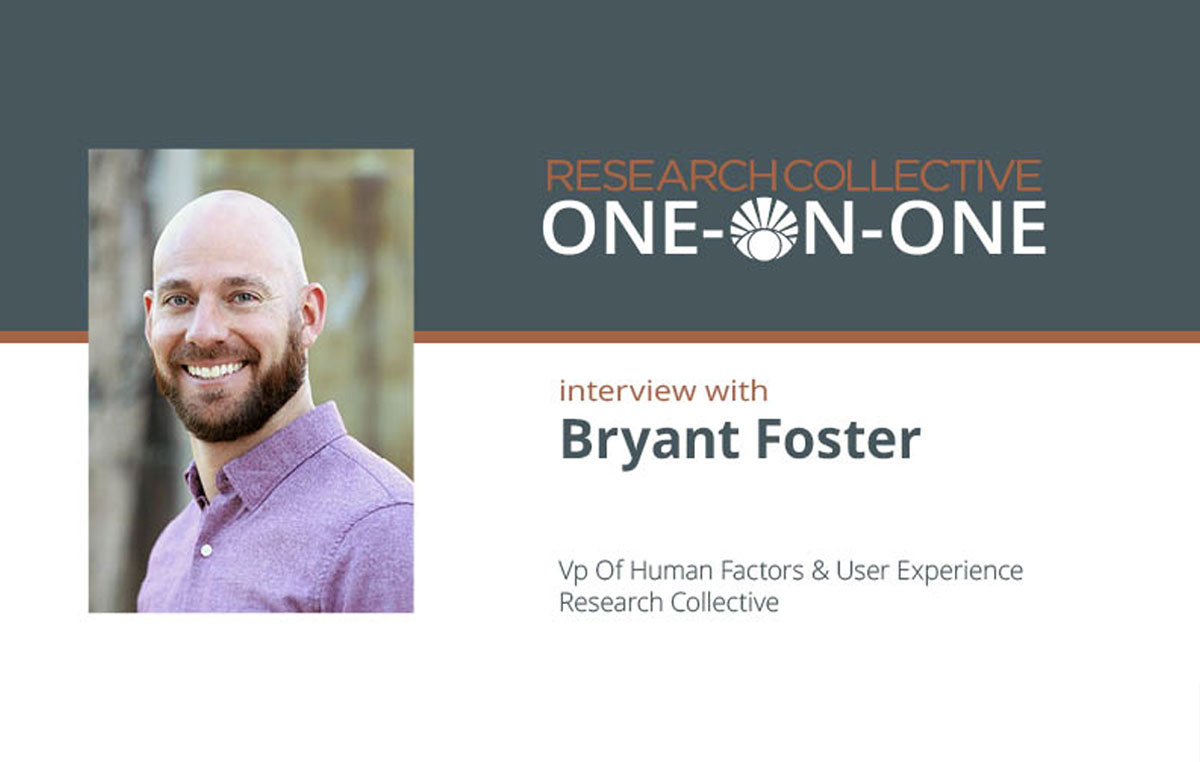This month’s human factors expert interview is with Mike Kuzel, Principal and Co-Owner of 4M Consulting Group. Mike comes from a strong engineering background and is heavily involved in safety engineering and litigation matters. In the interview, he explains how he became interested in human factors, how human factors plays a role in his work, and describes a few of his favorite past projects.
Russ: Welcome! Tell us about your background and how you became interested in human factors?
Mike: Wow. Starting with the hard questions right off the line. When I came to college, I had no real clear idea what I wanted to do, and dabbled in a lot of Engineering related topics until settling on Bioengineering. I was a bit of a snobby engineer, and thought psychology was a ho-hum science – I would tease my then girlfriend, now wife, who was a Psychology major, that I could go into any psych class and get an A just based on my engineering knowledge. What a fool I was….
Anyway, after graduating, I worked as a Clinical Engineer for company in LA that provided consulting services to hospitals in the way of product evaluations and JCAHO required maintenance. I thought this was interesting, especially the statistical analysis of maintenance data and the methods for choosing a product. ASU had a Human Factors emphasis option in the IE department and that best fit my plan, so I decided to return to school to pursue a degree in Industrial Engineering.
As I was self-funded, I took what was available for a research project and ended up working with Dr. William Moore on analysis of data collected before and after a lighting change in an call center. From there, just letting things fall into place as they may, I have developed a love for HF that I never, ever would have thought could occur at the outset. And oh yeah, I recant all the snotty comments I ever made about those in a psychology program, and my wife continues to remind me about my complete turnabout.
Russ: What do you currently do at 4M Consulting Group? How does human factors play a role in your everyday work?
Mike: Well, I describe myself as a Human Factors and Safety Engineering Consultant. While I was in grad school some 20+ years ago, I started working for a company that provided consulting services to lawyers and insurance companies to analyze injury events, both in terms of what happened and whether an injury was likely to occur – recall that I have an undergrad in Bioengineering and put myself through grad school working in a lab that studied injury tolerance and mechanism.
Once I finished my IE degree and achieved the Associate Human Factors Professional designation, I started taking my own cases – now incorporating the evaluation of ‘why’ the event occurred, as in what were the human factors involved in the event. I have been doing this since, and that is the primary business for 4M Consulting Group (4M Safety), as sadly there is a lot more opportunity in reactive safety analyses that proactive analyses. Due to my somewhat diverse background, I’ve had the opportunity to evaluate a lot, and I mean a lot, of different systems in which human factors led to an injury or death.
That said, for the past 7 years I have been involved in proactive safety studies for Governmental agencies to evaluate human factors in the roadway environment. Ultimately, I would like to spend a lot more time addressing human factors in transportation on the proactive side.
Russ: As an expert witness in litigation matters, how does your testimony on human factors issues benefit a case?
Mike: Depends which side you’re on – because the opposing side never sees the benefit. Seriously though, since every automotive collision, occupational injury, bicycle crash, fall while walking occurs within a system, and every claim involves the assertion that some part of the system, the design or maintenance of the environment, the design or warnings on the product, or the acts of some other person led to the injury.
I put the pieces of the puzzle back together – I reconstruct the evidence – and apply the findings of published studies to evaluate these claims. If the case proceeds, I may write a report to explain my analysis and findings, give a deposition during which the opposing attorney questions me about my analyses.
Ultimately, if the case goes to trial, my role is to explain, in simple terms, the interaction of the human with other components of the system so the jury can make an informed decision. I get to teach the jury about some aspect of science or engineering, which I really like to do!
Russ: What types of human factors methods and resources do you rely on to support your work?
Mike: In every litigation project, I follow the scientific method – I define the problem by review of case materials, then test the hypothesis contained in the claims being made. To test the hypothesis, most often I’m able to generalize findings of published studies to the conditions of the subject case.
For example, if the claim is that a driver was delayed in responding to a pedestrian crossing the road, that is, the driver should have seen the pedestrian and braked or steered sooner, then I’ll reference the literature that predicts perception response time for similar scenarios and then compare these findings to the subject case.
Besides relying on published studies, sometimes I will use simulation models and full-scale re-creations to test theories and provide demonstrative exhibits to support my opinions.
Russ: What are some of your favorite projects over the years?
Mike: You saved the hardest question for last. The first project that comes to mind is when I got to play, err, perform a lighting analysis on the ramp and apron at Logan Airport during the wee hours of December 8 in rain and freezing temps, all in an effort to evaluate the visibility of a pedestrian that was impacted by a deicing truck.
Being that I am an active cyclist, another that immediately comes to mind is the reconstruction and evaluation of driver behavior of a fatal collision that occurred in an attempted overtaking maneuver of a bicyclist on SR 93 in northern AZ – that project led to my MS in Applied Psych and an opportunity to use the driving simulator. In another case I got to use the National Advanced Driving Simulator to study the effects of distraction on truck driver steering and braking – being able to use the device which I had read about in so many publications was a real highlight.
Another was an evaluation of a spa kit intended for teen girls that contained the necessary equipment and mixings to create an explosive projectile, which sadly led to a severe injury to a little girl. I’ve really been quite blessed to be selected to work on so many interesting projects, and I could tell stories for hours about human factors aspects of injury events, unfortunately, all my stories involve seeing people at a real low point in their life. Therefore, I have to say that being able to apply the experience from these types of projects to contribute to Road Safety Assessments in the State of Arizona is probably a high point of my career.
Through the RSA projects, I have had an opportunity to apply human factors towards the evaluation and improvement of current and future roadways that my fellow Arizonians will use on a regular basis. Being able to contribute to saving one life through improved design makes seeing all the other bad stuff seem worthwhile.
Michael Kuzel | Principal & Co-Owner | 4M Consulting Group
 Michael Kuzel, Principal and Co-Owner of 4M Consulting Group (4M Safety), is a Human Factors and Safety Engineering consultant and has over 20 years of experience investigating and reconstructing injury events, particularly related to the human in the system.
Michael Kuzel, Principal and Co-Owner of 4M Consulting Group (4M Safety), is a Human Factors and Safety Engineering consultant and has over 20 years of experience investigating and reconstructing injury events, particularly related to the human in the system.
Mike has a Bachelors degree in Bioengineering (Biomechanics), a Masters in Industrial Engineering, and a Masters of Applied Psychology. Mike is a Professional Engineer (Mechanical) and a Certified Human Factors Professional. Mike has been a Faculty Associate at ASU since 2012 and has taught undergraduate and graduate Statistics, Human Factors in Transportation, and Occupational Safety and Ergonomics. Mike lives in Scottsdale with is wife Margaret and their two teen daughters. Mike’s personal interests include cycling – road, mountain and gravel; skiing; hiking; travel, photography and baseball.
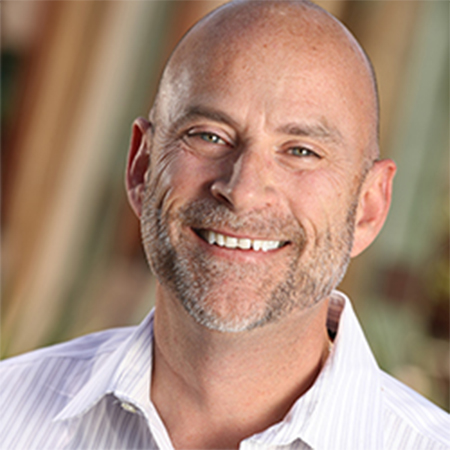 Russell J. Branaghan, PhD | President | Research Collective
Russell J. Branaghan, PhD | President | Research Collective
Russ is an Associate Professor of Human Systems Engineering at Arizona State University. He also serves as Visiting Professor of Human Factors in the Master of Product Design and Development Program at Northwestern University.
Prior to joining ASU, Russ spent 15 years leading human factors research teams at Hewlett-Packard, IBM, Fitch, Big Red Rooster and Lextant. Russ is founder and President of Research Collective, a Human Factors and user experience research consultancy based in Tempe, AZ.
